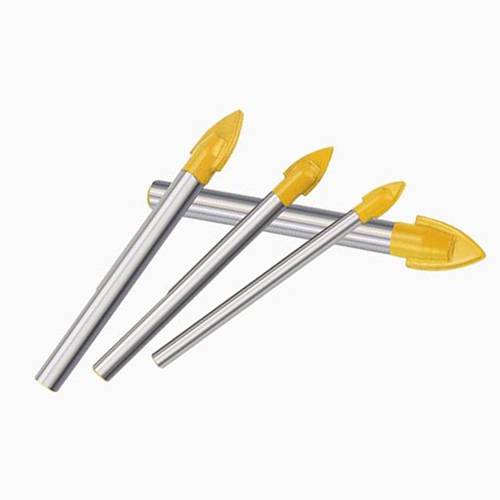loading...
- No. 9, Xingyuan South Street, Dongwaihuan Road, Zaoqiang County, Hengshui, Hebei, China
- admin@zjcomposites.com
- +86 15097380338
- Welcome to visit our website!
water treatment systems for well water
Water Treatment Systems for Well Water Ensuring Safe and Clean Drinking Water
Access to clean and safe drinking water is fundamental for human health and well-being. In many rural and semi-urban areas, well water serves as the primary source of drinking and agricultural water. However, well water may contain various contaminants, including microbiological pathogens, chemicals, and heavy metals, depending on the soil composition and nearby land use. To ensure safe drinking water, effective water treatment systems for well water are essential. This article explores the various water treatment options available for well water systems, helping homeowners make informed decisions for their water safety.
Understanding Well Water Contaminants
Before discussing treatment systems, it is crucial to understand what contaminants may lurk in well water. Common issues include
1. Microbial Contaminants Bacteria, viruses, and parasites can enter well water from septic systems, agricultural runoff, and animals. E. coli, Giardia, and Cryptosporidium are notable examples that pose significant health risks.
2. Chemical Contaminants Naturally occurring chemicals like arsenic, nitrates, and fluoride may be found in well water. Additionally, agricultural practices and industrial activities can introduce pesticides and heavy metals, such as lead and mercury.
3. Physical Contaminants Sediments, rust, and organic materials can affect the clarity and taste of well water. These can result from the well structure or nearby natural events like erosion.
Types of Water Treatment Systems
Given the potential contaminants, implementing an appropriate water treatment system is vital
. Here are some common methods used to treat well water1. Filtration Systems Filtration is one of the most effective means to remove physical impurities from well water. There are various types of filters available, including
- Sediment Filters These are designed to remove sand, silt, and rust particles from water. They usually serve as a pre-filtration step before other treatment processes. - Activated Carbon Filters Effective in removing chlorine, volatile organic compounds (VOCs), and some heavy metals, activated carbon filters improve the taste and odor of water. - Reverse Osmosis Systems This advanced filtration method pushes water through a semi-permeable membrane, effectively removing many contaminants, including heavy metals and dissolved solids.
water treatment systems for well water

2. Disinfection Methods To eliminate microbial contaminants, disinfection is necessary. Popular methods include
- Chlorination Adding chlorine effectively kills bacteria and viruses but requires careful monitoring to prevent harmful byproducts. - Ultraviolet (UV) Treatment UV disinfection uses ultraviolet light to sterilize water by destroying the DNA of microorganisms. This method is chemical-free and does not alter the water's taste or odor.
3. Water Softeners In areas with hard water, a water softener can be installed to remove excess calcium and magnesium ions that can cause scale buildup in pipes and appliances.
4. Ion Exchange Systems These systems are crucial for removing certain chemical contaminants, such as nitrates and heavy metals, by exchanging harmful ions with less harmful ones.
Choosing the Right System
Selecting an appropriate water treatment system involves considering the specific contaminants present in your well water. It is essential to conduct a comprehensive water test to identify issues before investing in treatment equipment. Consulting with water treatment professionals can help homeowners assess their needs and determine the best system tailored for their water quality.
Maintenance and Regular Testing
Once a water treatment system is in place, regular maintenance is vital to ensure optimal performance. This includes changing filters, cleaning tanks, and routine inspections. Additionally, homeowners should test their well water at least once a year for common contaminants, more frequently if there are changes in taste, odor, or visible contaminants.
Conclusion
Protecting the health of your family requires being proactive about water safety. Well water can be a valuable resource, but it is essential to invest in a reliable treatment system to mitigate the risks associated with contaminants. By understanding the types of treatment systems available and conducting regular water tests, homeowners can ensure that their drinking water remains clean, safe, and of high quality.
-
GRP Structures: The Future of Lightweight, High-Performance EngineeringNewsJun.20,2025
-
FRP Water Tank: High-Performance Storage for Corrosive and Clean Water SystemsNewsJun.20,2025
-
FRP Square Tube: The New Industry Standard for Chemical and Structural ApplicationsNewsJun.20,2025
-
FRP Pultruded Profiles: The Ultimate Choice for Lightweight Structural StrengthNewsJun.20,2025
-
FRP Handrails: The Safer, Smarter, and Stronger Choice for Modern InfrastructureNewsJun.20,2025
-
FRP Grating: The Smart Solution for Durable, Lightweight Industrial FlooringNewsJun.20,2025
-
Why Choose a Galvanized Water Tank for Your Storage NeedsNewsMay.21,2025
